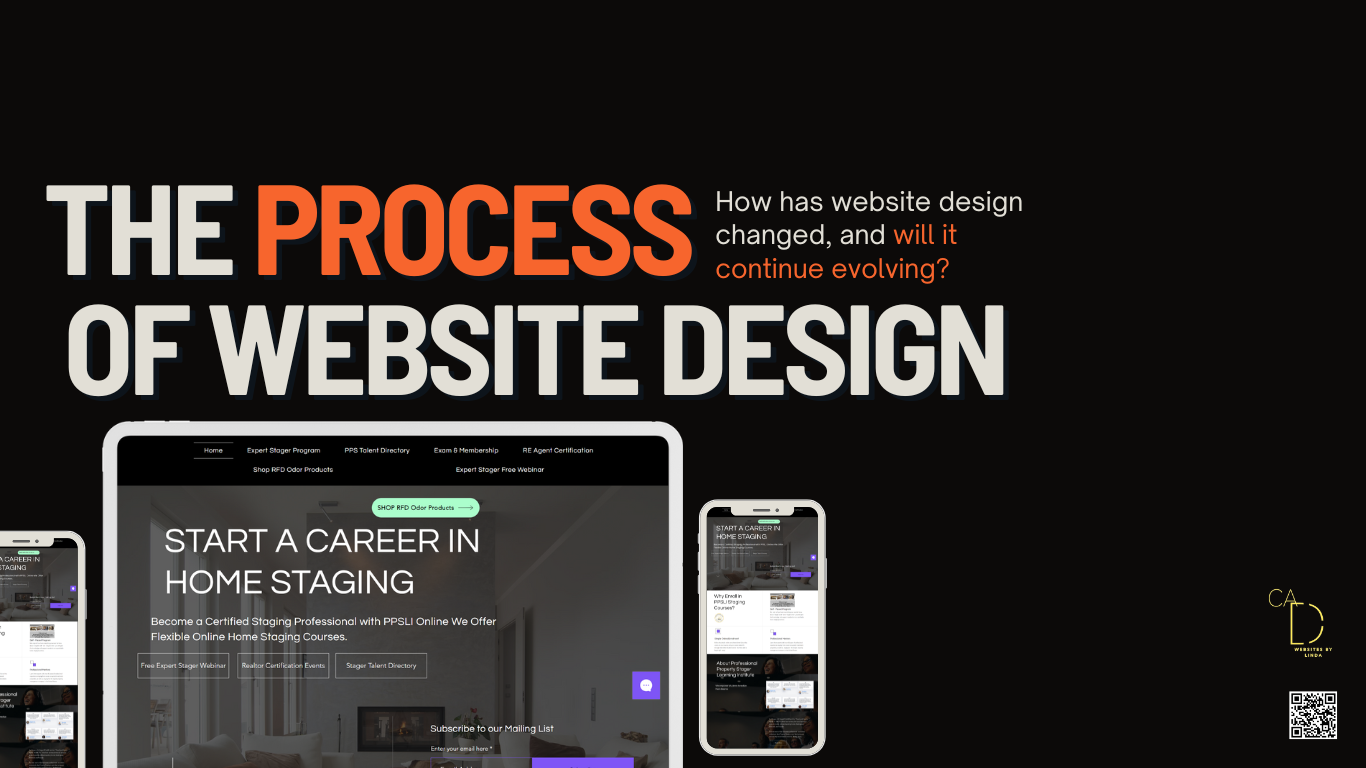

Dark Patterns in Design Ethics: Addressing the use of deceptive design choices that manipulate user behavior, emphasizing ethical design practices.
Zero UI/No Interface Design: Exploring the concept of Zero UI, where the interface becomes invisible or non-traditional, relying more on gestures, voice, or context for user interactions.
Cinematic Techniques in Web Storytelling: Employing cinematic techniques in web storytelling, using visuals, pacing, and narrative structures to create compelling digital stories.
Voice-Activated Interfaces: Integrating voice-activated interfaces for hands-free navigation and accessibility, catering to users with mobility or visual impairments.
Omnichannel Web Design: Creating a consistent and seamless user experience across various channels and platforms, including web, mobile, and physical spaces.
Future Outlook Crystal Ball: An interactive, animated crystal ball that, when clicked, reveals predictions and trends in web design, complete with animations and futuristic sound effects.
Dynamic Content: Keeps websites fresh with content that changes based on user behavior or other factors, enhancing relevance.
Green Web Design: Focuses on energy-efficient and sustainable practices.
Central Theme: The image will revolve around a modern, sleek web design interface, symbolizing the cutting-edge techniques in web design.
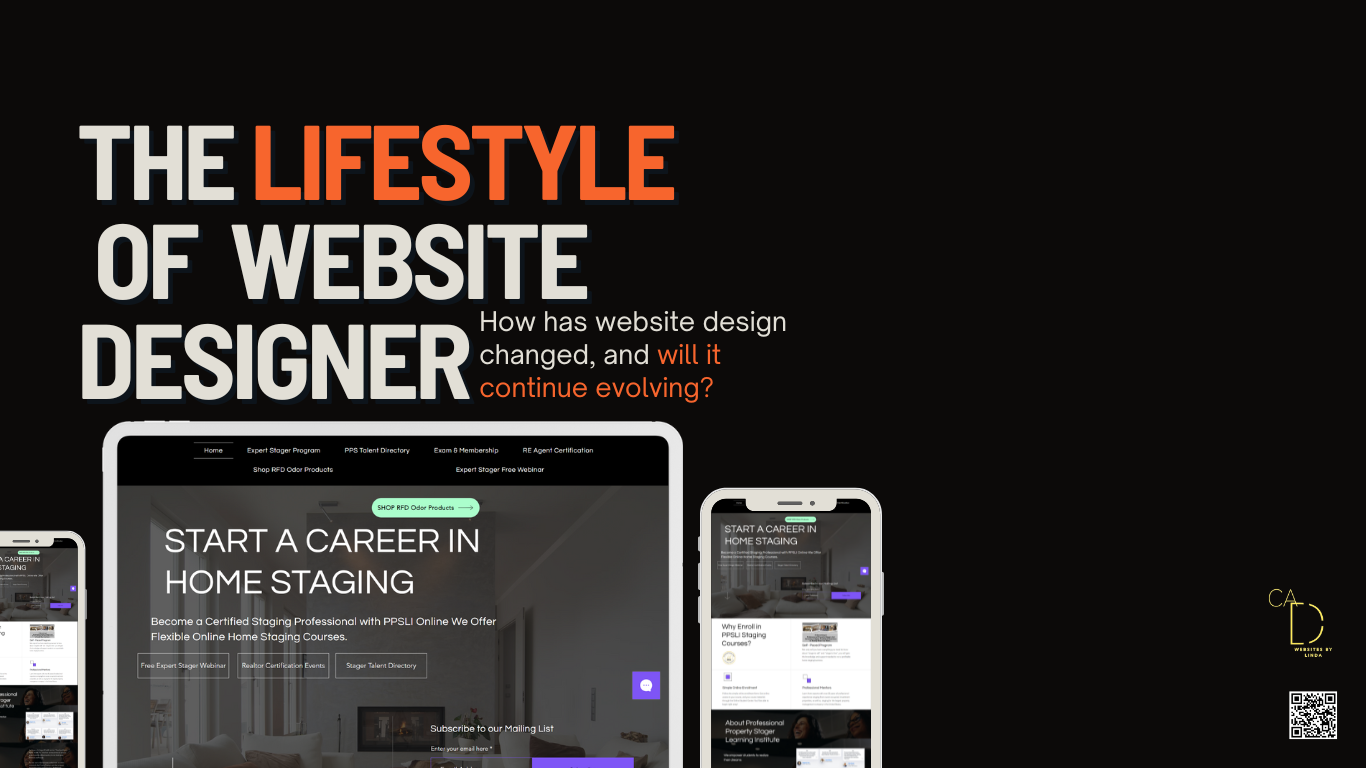
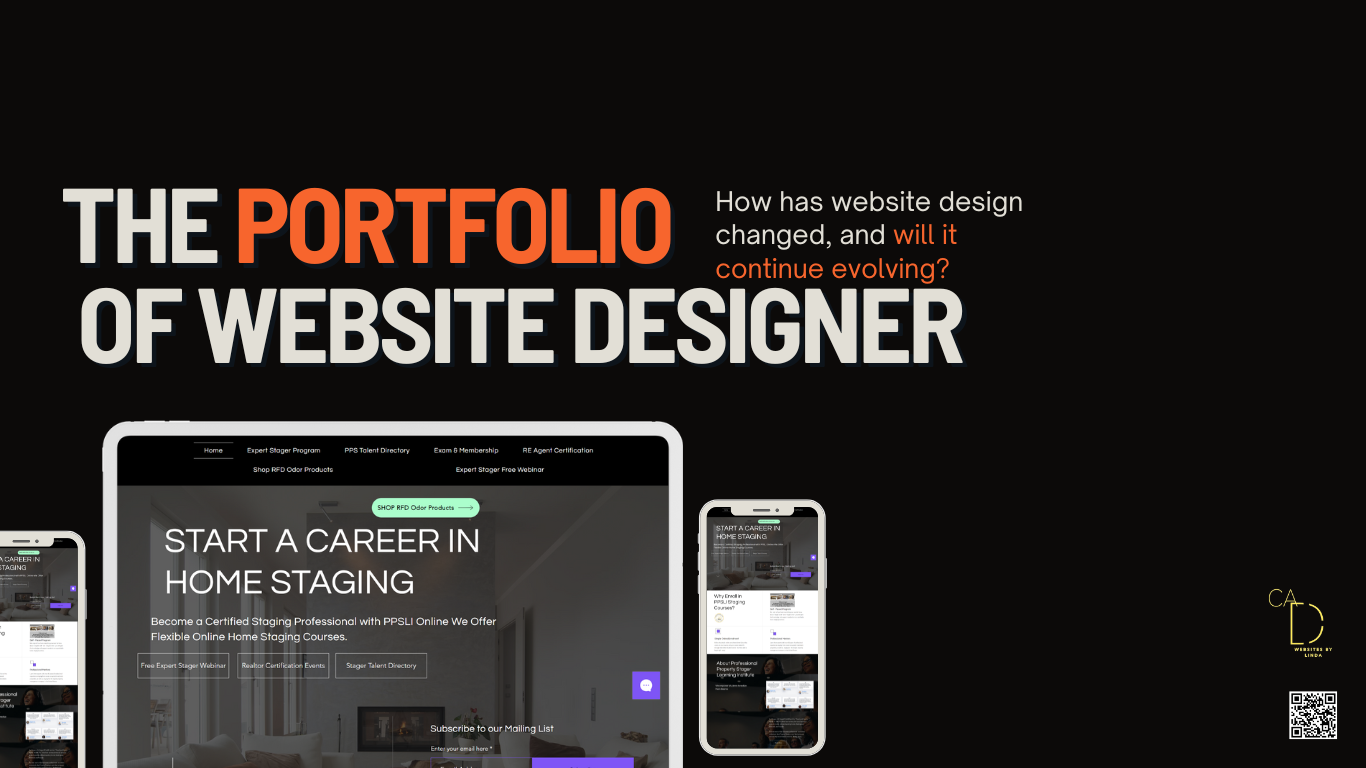
Interactive Timelines: Develop an interactive timeline that users can scroll through to observe the evolution from web design to web development, with pop-up information or mini-games related to each era or technology.
E-Commerce Design Trends: Focus on intuitive, secure, personalized shopping experiences, including responsive design for mobile devices.
Built-in Features and SEO Optimization: Many templates come with built-in features such as social media integration, contact forms, and SEO optimization tools. This can be a boon for users who lack the expertise to implement these features independently.
Customer Reviews and Testimonials: Build trust and credibility, strategically placed for impact.
Quantum Computing and Web Design: Anticipating the impact of quantum computing on web design, including potential changes in security, data processing, and user experience capabilities.
Digital Storytelling and Narratives: Crafting engaging digital narratives that captivate users, using a combination of text, images, videos, and interactive elements.
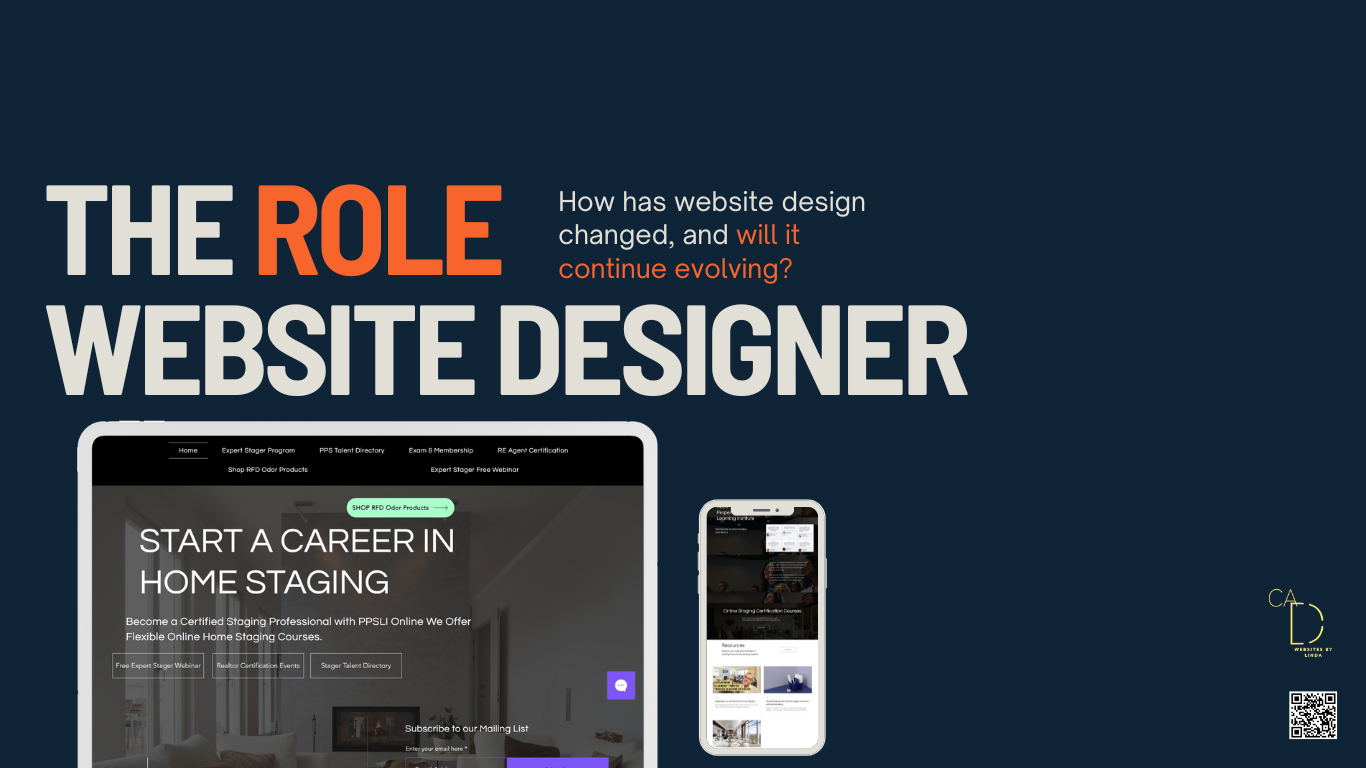

Logo and Branding Integration: Intertwined within the artwork, a few abstract logos blend with the design, symbolizing the integration of logo and branding in website design.
Data Visualization: Presents complex data in engaging, interactive formats.
Top of Form
Typography as a Visual Tool: Leveraging typography not just for readability, but as a powerful visual tool to create atmosphere and convey brand identity.
Motion Design for Storytelling: Utilizing motion design to enhance storytelling on the web, creating engaging and dynamic narratives.
AI for Automated and Personalized Design: Explores AI for automating design processes and personalizing user experiences.
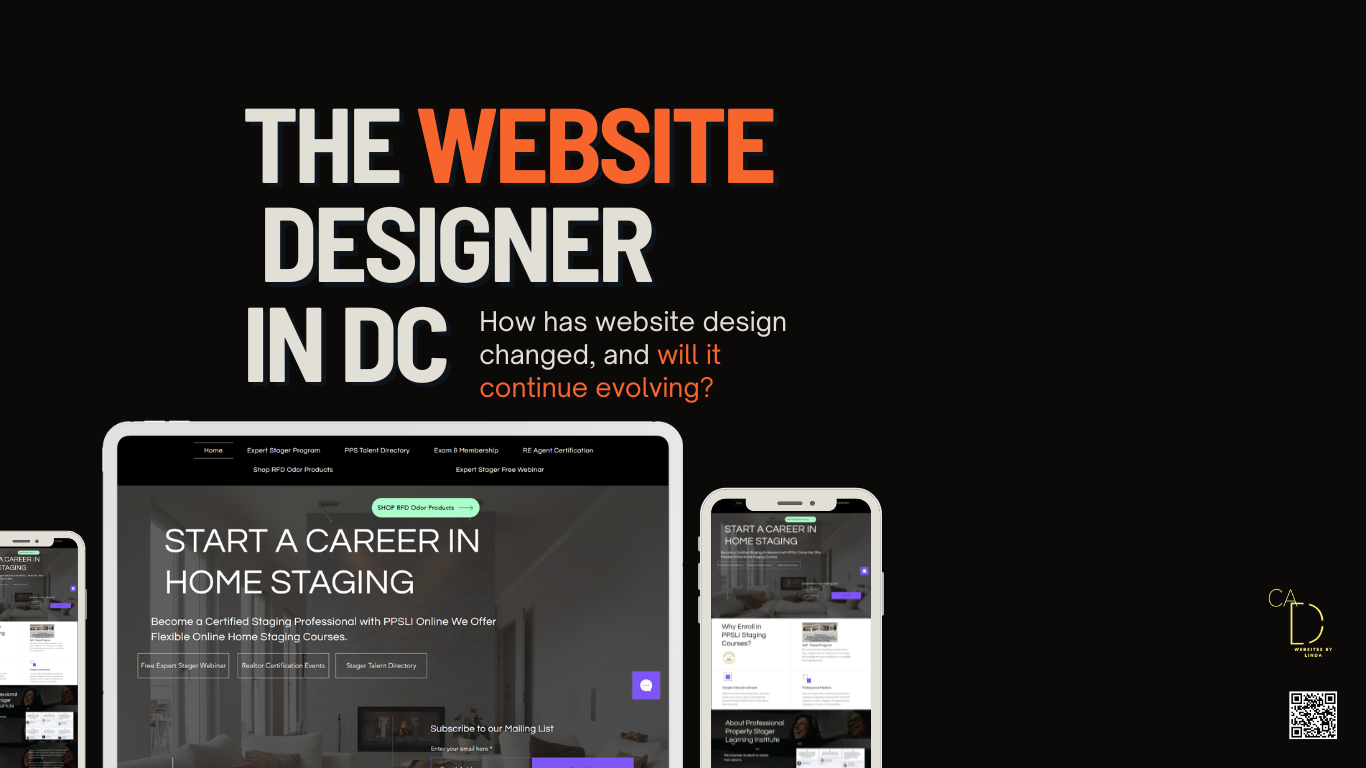
Hourly Rate Reasonably skilled freelance web designers make about $75 per hour. This figure can vary, though, according to CSS-Tricks. Website Builder Expert estimates that the cost to design a website is $30 to $80 per hour, while the cost to actually develop the website is $100 to $180 per hour.
A web designer creates the layout and design of a website. In simple terms, a website designer makes a site look good. They use design programmes to create visual elements and usually have expertise in user interface (UI), which means they strategically design a site that's intuitive and easy for visitors to navigate.
Google Web Designer is a free software tool available for download on both Windows and Mac computers. It does not have any subscription plans or pricing tiers, and users can access all of its features and functionality at no cost.